The content of the article
Cabbage deservedly enjoys the love and respect of housewives. The incredible benefits (it is the source of a huge amount of vitamins, fiber and trace elements) and the excellent taste of this culture have made it popular all over the world. But how to keep it for the winter, and better - until the next harvest? Of course, you can not bother yourself and periodically buy imported cabbage in the store or on the market. But there is one thing, but, firstly, in winter it costs several times more, and secondly, the vegetable grown in greenhouse conditions on various stimulants is not at all the one that ripens in the native fields in autumn. Fortunately, cabbage can be saved without much trouble.
What to look for first
Cabbage is quite a “tender” culture and quickly rots from improper storage. Everything is important - from the variety of cabbage: kohlrabi, broccoli, Brussels sprouts, white cabbage, Portuguese, cauliflower, etc., and ending with the temperature in the room where the cabbage will be stored. There are several ways to get vitamins all winter:
- Storage of heads of cabbage.
- Fermentation.
- Pickling.
- Salting and preservation.
Depending on the preferred method, the requirements for the conditions differ. Varieties of cabbage are salad (early ripening), the usual ones are suitable for making salads, borscht, solyanka and short-term storage (a couple of months approximately). And the late ripening ones ripen by the end of autumn. The latter are most suitable for conservation for the winter. They have higher indices of keeping quality and with the right approach, the vegetable can be stored until spring.
Cabbage Preservation Conditions
If you pickled or fermented cabbage, then you need to store it in a dark and cold place. Cold does not mean frost. But the temperature should be close to zero -1-3 degrees Celsius will be perfect. The cellar or a balcony glazed with tinted glass is best for these purposes, if you live in an apartment. However, in the latter case, an untimely thaw can spoil your workpieces.
For storage of salted cabbage in glass jars and other types of canned (rolled) cabbage, any room with a stable temperature of 3-10 degrees Celsius will fit. The main thing is to arrange the containers with cabbage so that direct sunlight does not fall on them. Firstly, they heat up canned food, which is unacceptable, and secondly, they start the fermentation process (the covers will take off).
The most difficult thing is to keep the cabbage in a fresh, unprocessed form. Here the balcony does not help, you need a cellar. The room should be clean in the first place - cabbage is very sensitive to any kind of infection. Therefore, carefully sweep the whole, whitewash the walls and ceiling with lime. Next, you should take care of the presence of ventilation, which will not lead to frostbite head. You can make small openings in the wall or window and close them with a cotton swab. Every two to three days it will be necessary to pull it out to let air into the room (in a musty room, the cabbage will rot immediately). And the third condition - the room should be cool, dark. The best temperature will be 5-6 degrees, and the lighting level at 10% (like a thickened twilight, when it is already almost dark, but something else is visible). This is important, because under such lighting the vegetable “sleeps” and does not age. If there is complete darkness, then the cabbage will "die" and rot, if it is too light - it will "grow old" and begin to deteriorate.
When and how to collect cabbage for storage
Ideally, cut it off the spine yourself, but in our modern world, this is not enough where possible.Gardeners and farmers, as well as those who can afford a trip to gardening companies, have a significant advantage in this regard.
For storage, select ripened, springy, and firm heads of cabbage, and do not water them two days before cutting. Be patient on the day of collection - you cannot throw cabbage intended for storage onto a wheelbarrow, cause cuts or other damage to it. You need to cut the cabbage, leaving the head at a root of 3-3.5 cm.This is important, since the root will dry the head longer, drawing out too much juice, and if it is shorter, it will not be able to block the evaporation of moisture through the cut. The following signs will help you determine the quality of ripening and the readiness for cutting the crop:
- The head of a head is large, regular in shape.
- The lower petal-like leaves began to turn yellow.
- The head of cabbage acquired a light green, almost whitish color.
- The looseness of the head has disappeared - it is dense, almost solid.
Cabbage, which is planned to be kept fresh until spring, is usually harvested after a noticeable cooling, but before the first icing of water. We are talking about a temperature of 10-15 degrees during the day and about 5-6 degrees at night. Cabbage cut off at this time is best stored. It is recommended to cut off heads of cabbage in the early morning, before sunrise, as its rays awaken processes ...
If the fork (head) has insufficient elasticity, is too dark green in color (which indicates the immaturity of the fetus) or has an incorrect root cut, then it is better to leave such heads for processing, namely ferment, pickle, or preserve.
Preserves of cabbage for the winter
There is no doubt that the most popular and perhaps the most delicious method of preserving cabbage is pickling. And the recipe is extremely simple and accessible to everyone interested. Peel the head of the top leaves and cut into thin long strips. Now they sell quality graters that perfectly cut cabbage into straws - this can significantly reduce the time it takes to prepare. Ideally, cabbage is recommended to be fermented in an oak barrel, but if there is none, glass and enameled containers are suitable (if there are no chips in it, otherwise it will become acidic).
Prepare the rest of the ingredients - grated peeled carrots with straws (10-14% of the weight of cabbage), salt one tablespoon for every kg of cabbage, a glass of currant or viburnum for every 5 pounds of cabbage. Combine shredded cabbage and carrots in a large enameled bowl or wooden tub. Sprinkle vegetables with salt and thoroughly rinse with your hands, stirring with a fork or spatula will not give the desired result - cabbage must be crushed and washed.
When the cabbage, giving the juice, slightly decreases in volume, add the berries and seeds of dried dill, and gently, so as not to crush the berries, mix. We put the cabbage in a container in which you will store it all winter, slightly compact each laid layer. Cover with clean gauze and leave in a room, at a temperature of 19-23 degrees, to begin fermentation. In the morning, juice with bubbles should appear - a sign that the process has begun. Poke the cabbage in two or three places with a wooden clean stick to the bottom, so that the gas can more freely stand out and not lead to an unpleasant smell in the product. After three days, the cabbage is cleaned in the cold in the cellar.
If only cabbage is suitable for pickling, then pickling allows you to save almost any kind of cabbage, including kohlrabi, cauliflower and even Peking. The preparation stage is similar to the above - shred the cabbage with straws 4-5 ml thick, grate the carrots with a straw. Now you need to do the marinade. Since it is the filling that is the secret and the key to success - you should take the cooking of the marinade very seriously. For every liter of clean water, you need tablespoon. salt, 100 ml of vinegar (can be replaced with lemon juice), a teaspoon of sugar, dill seeds and a bay leaf. The marinade should be simmered for 7-8 minutes.Then, boiling, it is poured into jars of cabbage and carrots. Pour right to the top and immediately roll up the lids. As the banks cool, they are carried away to a cool dark place.
Video: how to store cabbage in winter

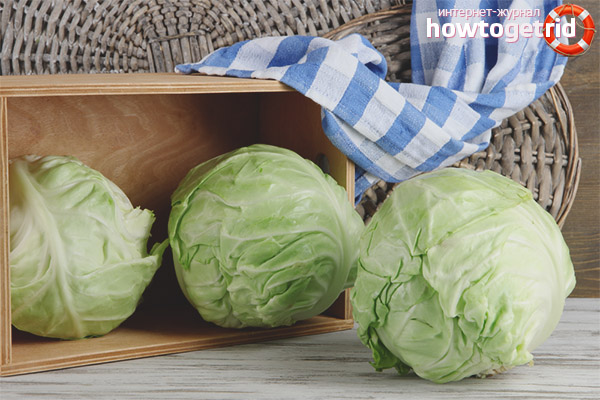

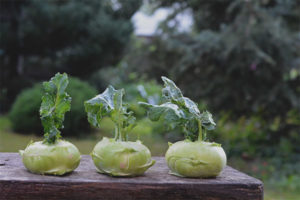
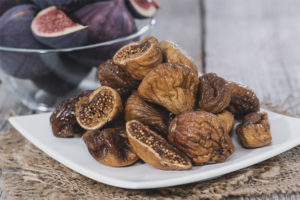


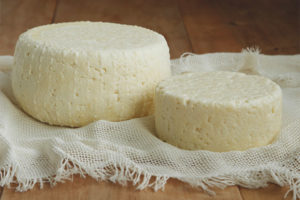
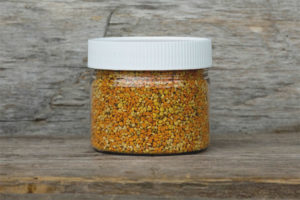
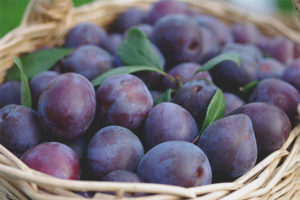
Submit